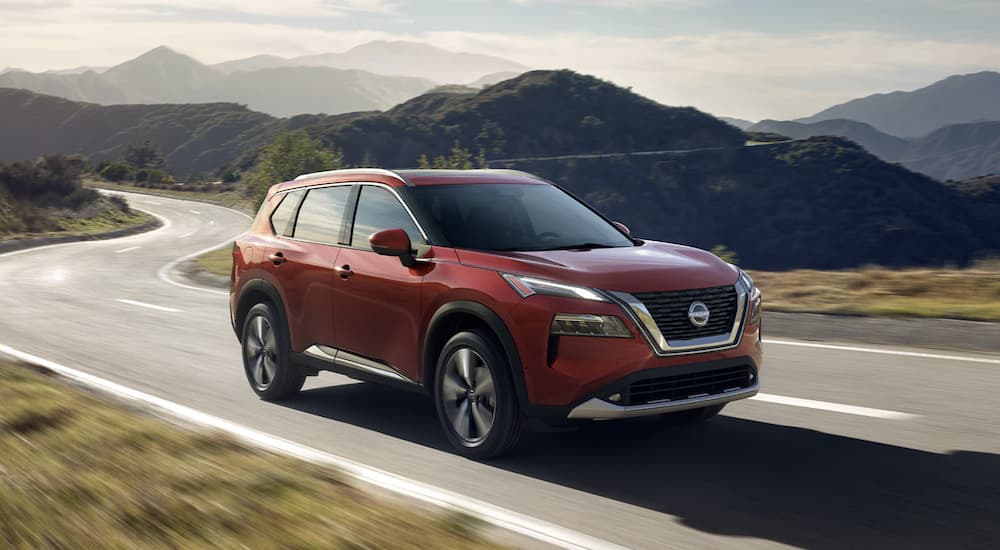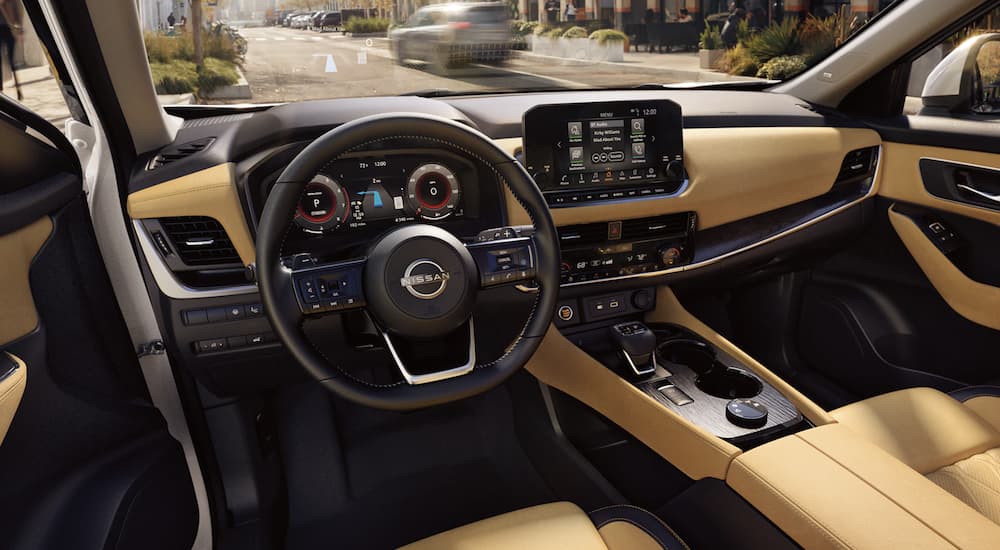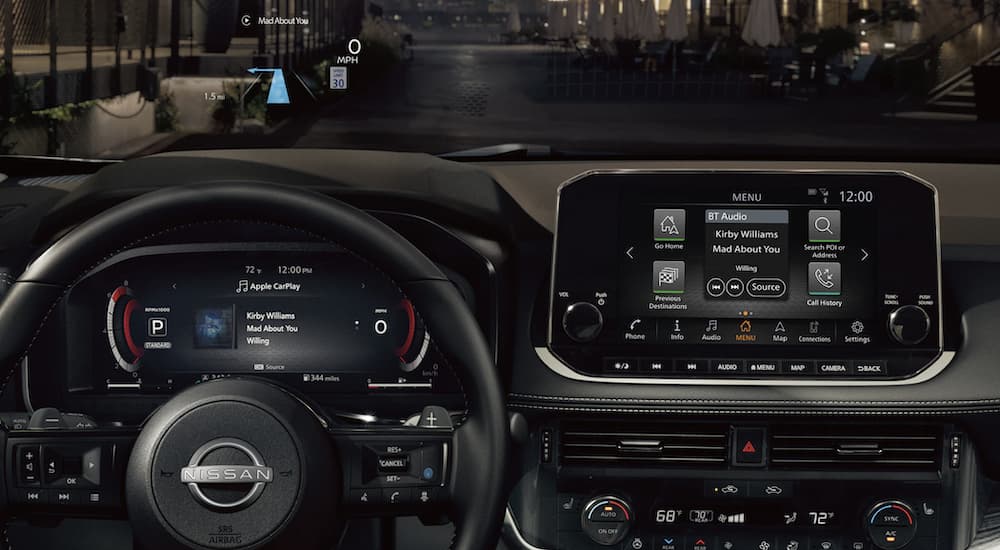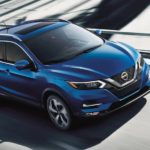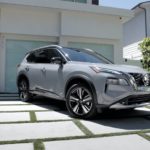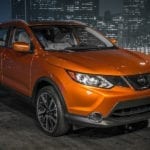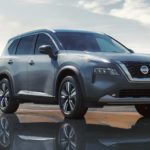Driving is a complicated process that requires you to keep track of a lot of information. You need to know how fast you’re going and what the speed limit is where you are. You need to know right away if your engine is running low on fuel or if your tire pressure is off so that you can swiftly take action and avoid breaking down. You also need to keep track of your surroundings and know where you are and where you’re going. As technology has improved, automakers like Nissan have gotten better at delivering all of this information and more in a clear and easy-to-understand manner.
The 2022 Nissan Rogue has three different digital displays that can help you manage settings, check diagnostics, and stay informed as you drive. Each one is extremely useful on its own, but working together, they make it easy to keep track of important information without getting distracted. Before you head out to your local Nissan Rogue dealer to see for yourself, let’s take a look at exactly what these displays bring to the table.
Touchscreen Display
Every 2022 Nissan Rogue comes standard with a touchscreen display. Most trims come with a 20 cm screen that is compatible with Apple CarPlay and Android Auto. The two upper-level trims (the SL and Platinum) get an upgrade in the form of a larger 23 cm screen and the ability to connect your iPhone via wireless Apple CarPlay.
The touchscreen gives you control over a wide range of settings, from audio and navigation to various camera views, so it’s positioned front and centre in the cabin, within easy reach of both the driver and the front passenger. Its controls should be pretty intuitive for anyone familiar with using a smartphone. You tap items to select them, swipe to scroll, pinch to zoom, etc.
When it comes to navigation apps that you can run through the touchscreen, the Rogue offers a few different options. Available Nissan Door-to-Door Navigation offers 3D graphics, turn-by-turn directions, and seamless integration with your vehicle’s interface. With the companion mobile app, you can also get walking directions once you park to take you all the way to your destination. But if you want to stick with an app you’re already familiar with, you can also use popular third-party products like Google Maps, Apple Maps, or Waze.
The touchscreen also displays the Intelligent Around View Monitor, which comes standard on the SV trim and up. While all Rogue trims come standard with a rearview monitor that shows you the space behind your vehicle while backing up, the Intelligent Around View Monitor goes a step further. It uses four cameras to create a composite 360-degree bird’s eye view, making it possible to keep track of the entire area around your vehicle while parking. The large size of the touchscreen allows for a split-screen view so that you can see the composite image alongside a close-up of the front, rear, or curbside views as you manoeuvre into your spot.
Digital Dashboard
A 31 cm digital dashboard comes standard on the Platinum trim. This fully digital display is located right behind the steering wheel, taking the place of the analog speedometer, tachometer, fuel gauge, and odometer. Since everything is digital, it’s easy to customize to suit your needs. The controls for the display are built into the steering wheel, so you can change the settings and switch between different screens without getting distracted and taking your eyes off the road for too long.
Along with the information that’s displayed at all times, like your speed, the time, the temperature, and how much range you have left before you need to refuel, the digital dashboard can also display various warnings and alerts. Like the simple alert lights of analog dashboards, these warnings are displayed right at the driver’s eye level so that they’re hard to miss. But the digital screen allows for more detail, like actual words describing the issue rather than an easily-misconstrued symbol, and a wider range of warnings, since not everything needs to fit in the space all at once.
Intelligent Driver Alertness monitors things like steering patterns to detect when you might be getting drowsy behind the wheel and notify you that you should consider pulling over to take a break. Available Traffic Sign Recognition can detect and display road signs so that you don’t miss an unexpected change in the speed limit. And, of course, more familiar vehicle diagnostic alerts will let you know when it’s time to get an oil change, check your tire pressure, or head to a service centre for other maintenance.
A shortcut menu gives you easy access to key features, so you can see the information you need without taking your hands off the wheel to use the touchscreen. This makes it safer to do things like changing the audio source while driving. It also gives you access to driver-assistance features, like lane departure and blind spot warnings.
Along with changing what is displayed on the digital dashboard, you can also adjust how the information is arranged. For instance, you can change the layout to push the tachometer and speedometer further to the sides of the screen to minimize the space they take up and give you a better view of the information displayed in the centre. This feature is also in the shortcut menu, so it’s quick and simple to toggle back and forth between the different views.
Heads-Up Display
Also standard on the Platinum trim, the heads-up display is unique in that it isn’t a screen at all. Instead, it’s a display that is projected directly onto the lower portion of the windshield in front of the driver. This allows you to see key information, like speed, relevant traffic signs, and navigation cues, without taking your eyes off the road. Since it isn’t an opaque screen, you can see right through it, so it doesn’t obstruct your view, and you can turn it on or off at any time with the push of a button.
The heads-up display is fully adjustable, so you can change the brightness to keep it visible but not distracting, no matter how sunny it is outside. You can also adjust its position on the windshield by moving it up and down and rotating it. These settings are accessed through the digital dashboard, a good example of how the three displays work together to create a cohesive interface.
Our Overall Impression
When properly equipped, the Nissan Rogue offers almost a metre of digital information between the three displays. That’s a lot of space to play with, but between audio, navigation, camera views, driver-assist features, and vehicle diagnostics, there’s plenty to fill it with. The arrangement of the displays allows drivers to prioritize what information is most important to them and put those stats right at eye level, where they can easily glance at them without getting distracted.
Looking at the different settings and configurations available, it’s clear that Nissan put a lot of thought into how this technology can be practically utilized, rather than just slapping some more screens into the Rogue as a gimmick. While drivers who prefer simplicity might feel overwhelmed by all of the information, tech-savvy drivers are sure to appreciate the ability to customize their displays to suit their needs. Those in the middle might need to take a moment to familiarize themselves with the interface, but overall it is an intuitive system that should be easy to use once you get over the learning curve. We’ll be keeping an eye out to see if the full trio of displays becomes standard on more of the Rogue’s trim levels in the future.
